Research in the news
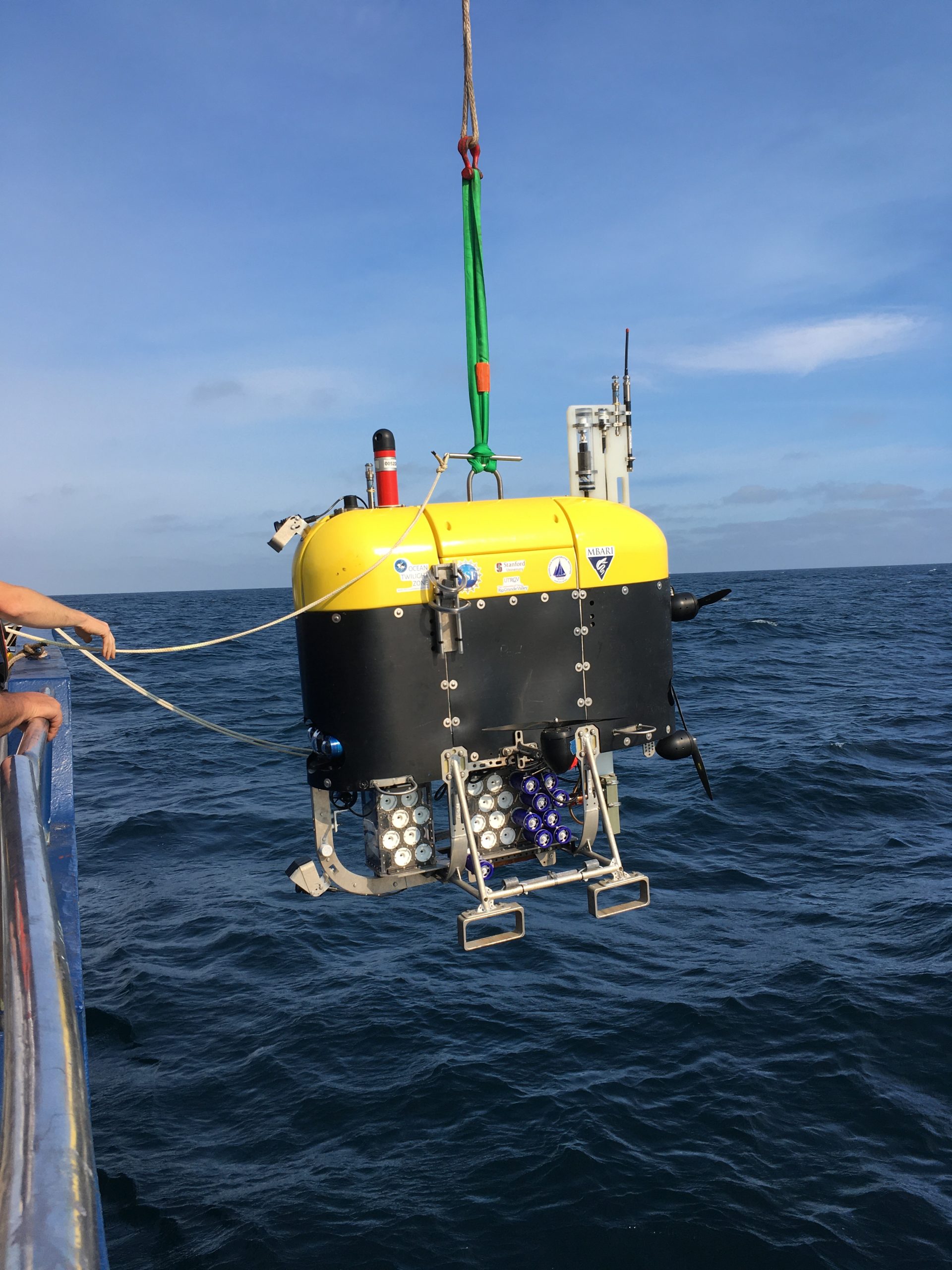
Diel Vertical Migration
Many twilight zone animals migrate up to the surface at night to feed, and back down to depth during the day. This phenomenon, called “diel vertical migration” (DVM) is considered the largest animal migration on the planet. I am investigating which species migrate, the timing of their migration, and the environmental cues associated with their migration. In September, 2021, we conducted several deployments of a new large - volume eDNA sampler on the midwater robot Mesobot to collect a time series of samples before, during, and after the evening upward migration.
video about our work on the E/V Nautilus
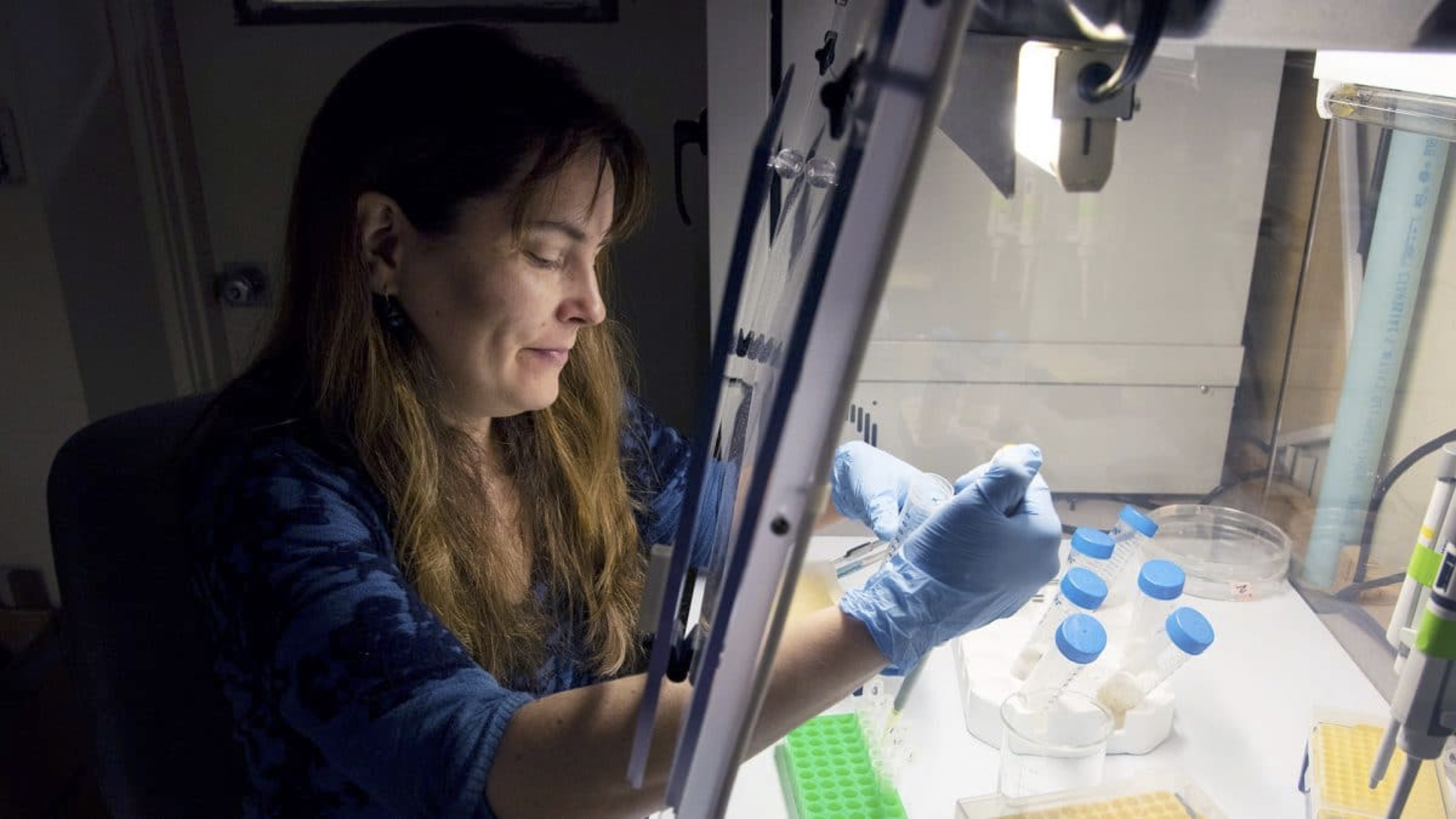
Environmental DNA (eDNA)
Environmental DNA can be thought of as a type of forensic analysis of ocean inhabitants. Instead of sampling animals, we can detect the traces of DNA that they leave behind.
https://twilightzone.whoi.edu/explore-the-otz/edna/
https://www.whoi.edu/oceanus/feature/round-up-the-unusual-suspects/
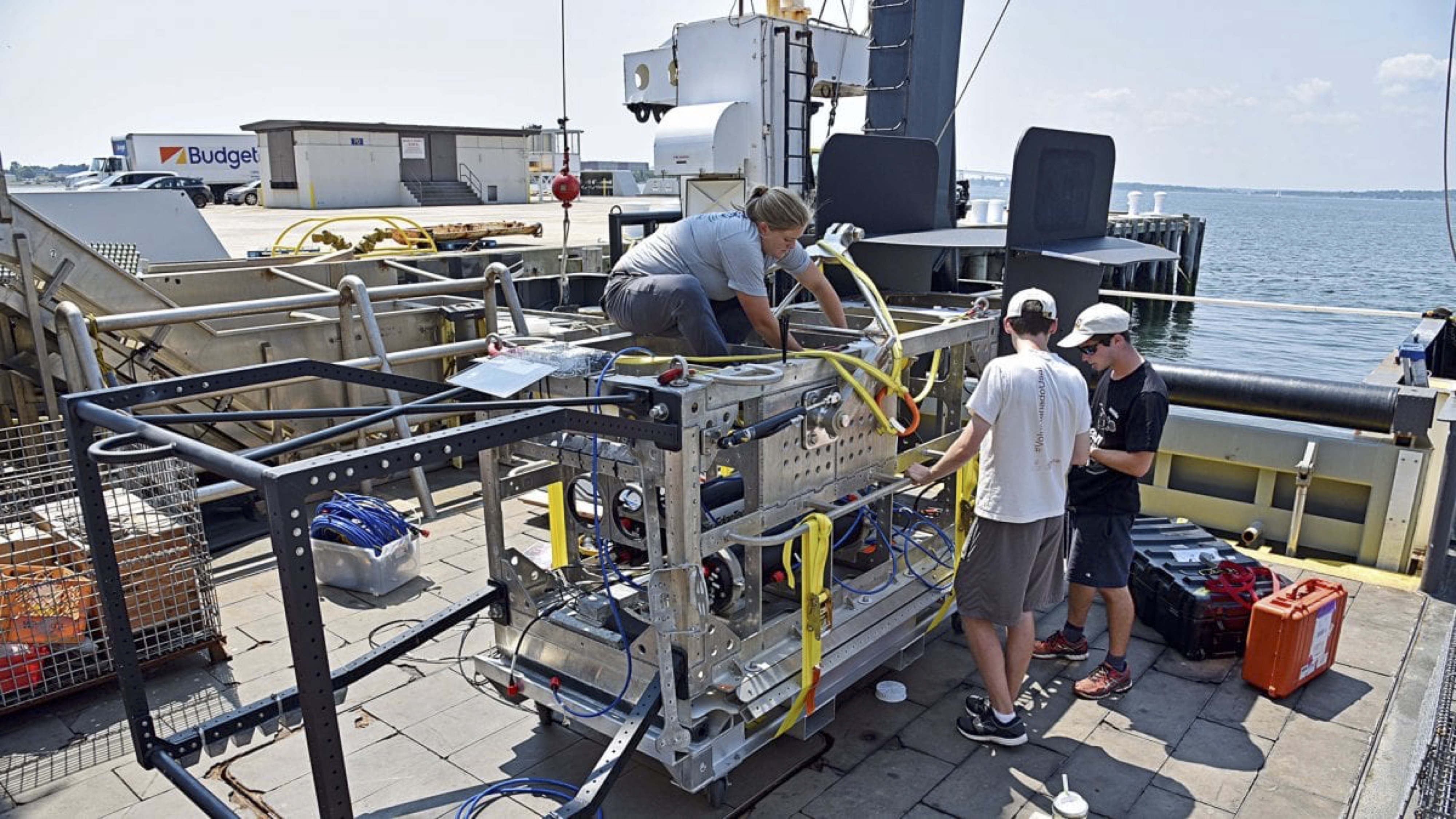
Autonomous in situ eDNA sampling on Deep-See
Deep See is a new towed broadband acoustics and imaging instrument developed at WHOI by Andone Lavery (WHOI) and her team (Deep-See is pictured left; image by Veronique LaCapra). I have added an eDNA sampler that filters water in situ. You can read more about it here. We are able to sample adaptively, in response to observed acoustic backscatter from Deep-See and the shipboard echosounder.
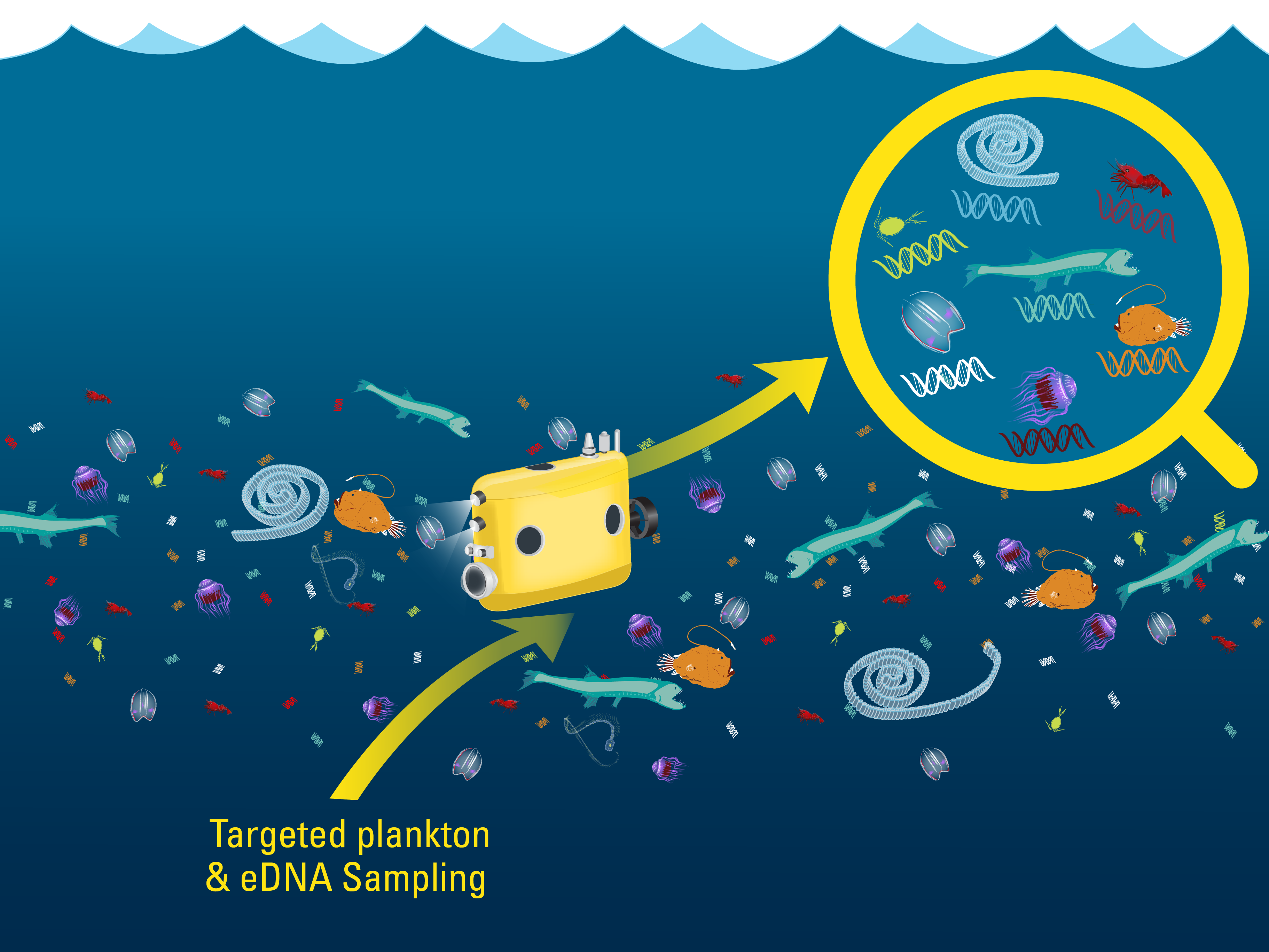
What is the Mesobot?
Mesobot is a new hybrid vehicle that can track animals and collect environmental DNA samples. You can read about it here.
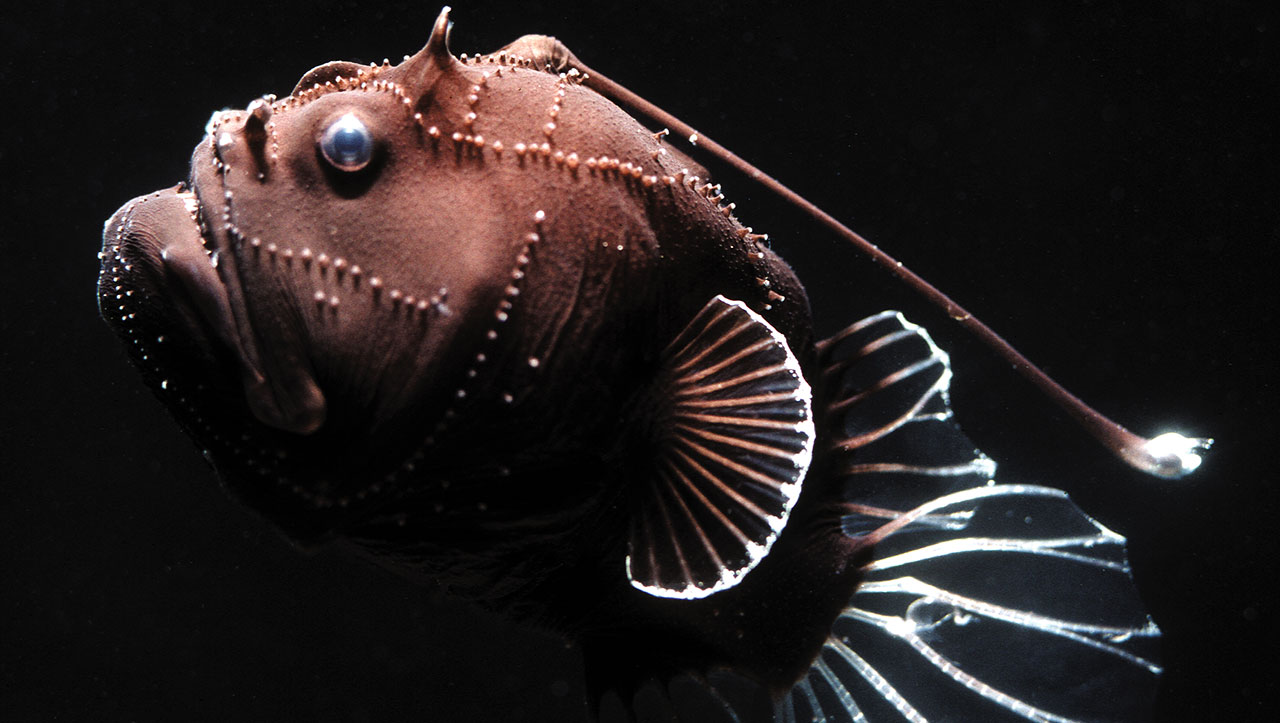
The Ocean Twilight Zone
WHOI Among The First Funding Recipients of the Audacious Project

The clinging jellyfish Gonionemus sp.
WHOI News and Insights article (2019)
Oceanus magazine article (2018)

SUPR REMUS
Robotic sampling coupled with genetic identification of plankton
SUPR-REMUS: The Next Generation of Plankton Sampling
from Marine Technology News
WHOI's Center for Marine Robotics Symposium
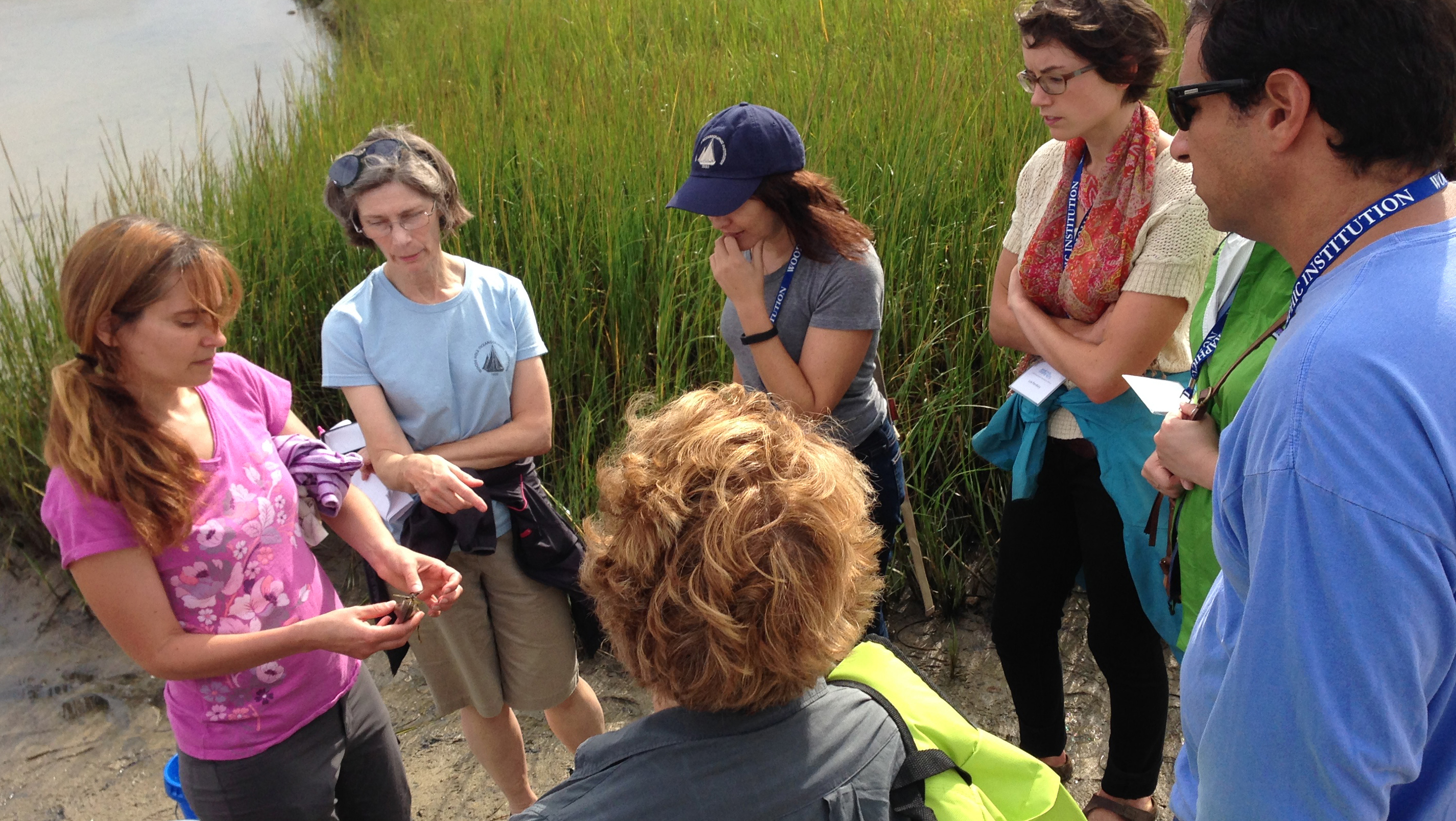
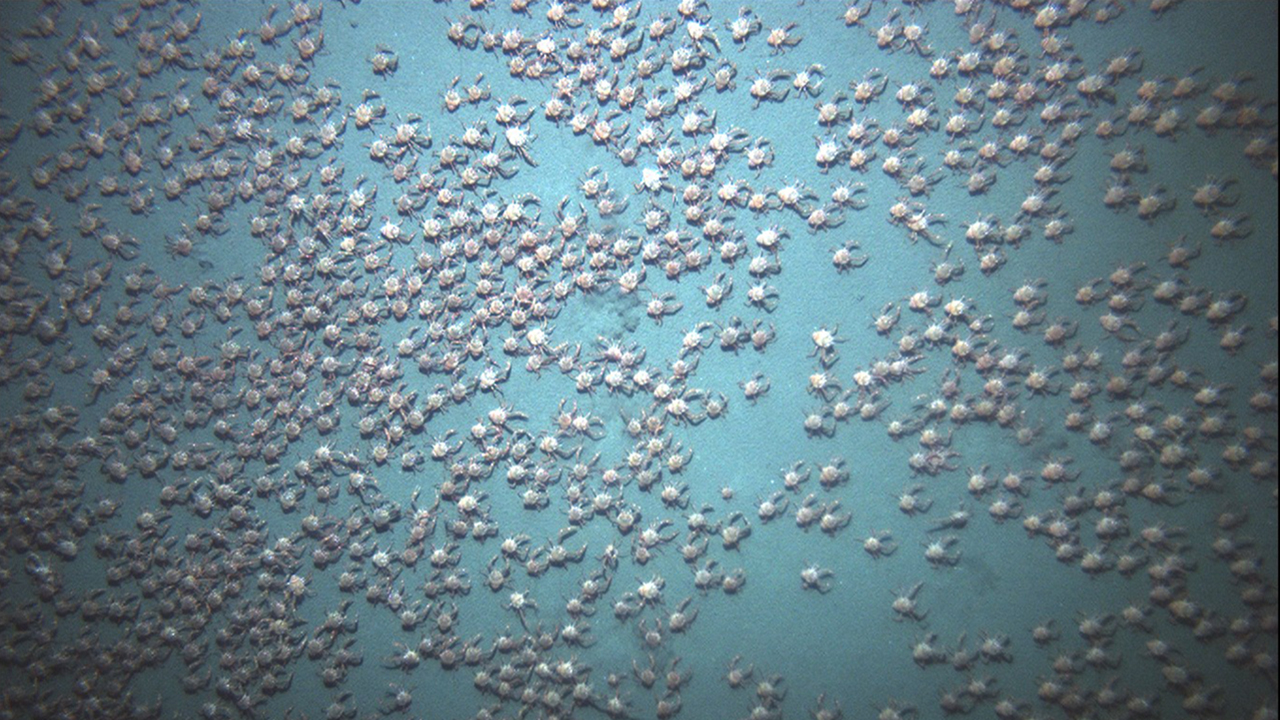
A crab swarm at Hannibal Bank
A massive crab swarm was observed by a team lead by Jesus Pineda at Hannibal Bank, off of the eastern coast of Panama. I identified these crabs as Pleuroncodes planipes using DNA barcoding. Watch this fascinating video.
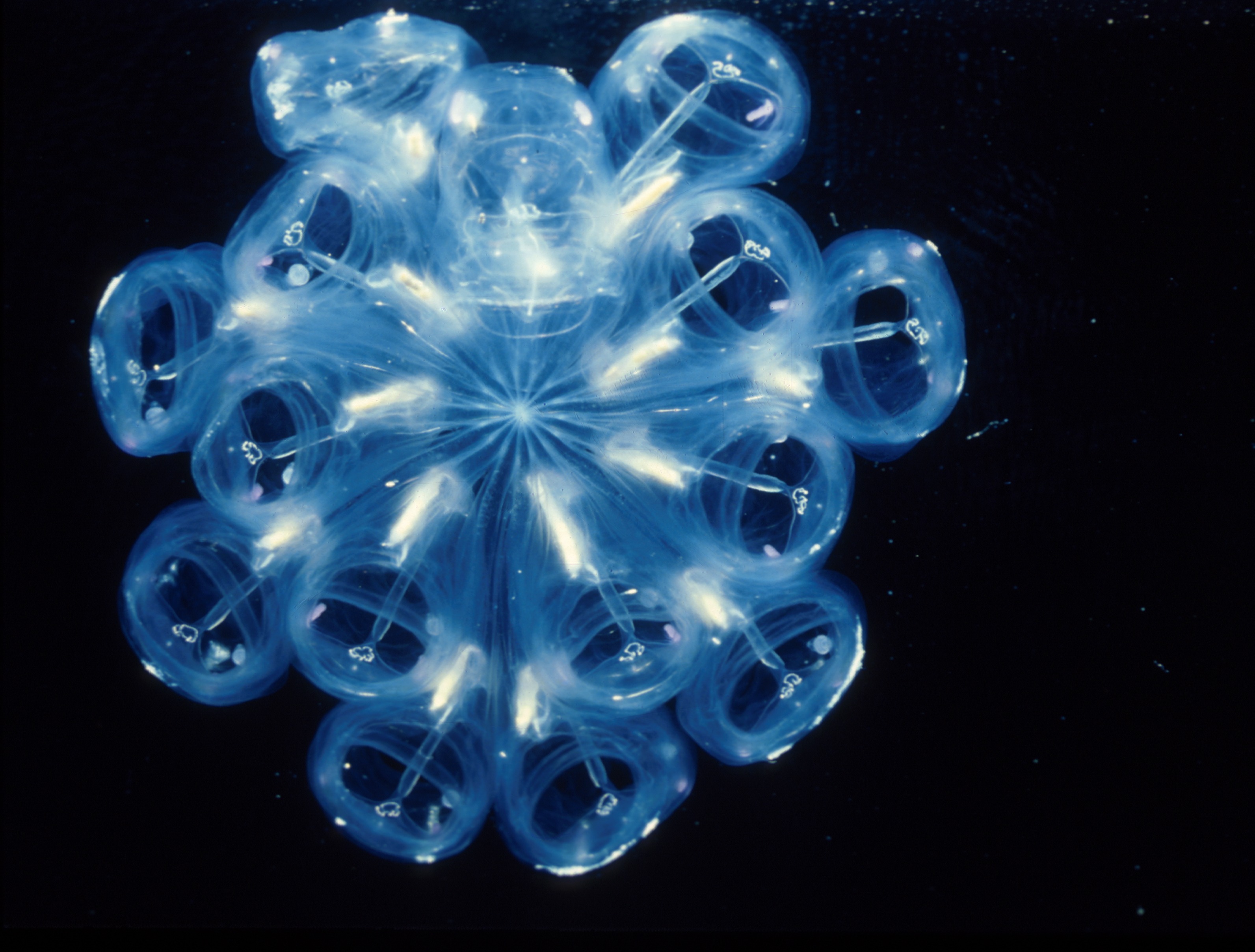
Tunicate evolution
Salps, pyrosomes, and doliolids are planktonic invertebrate chordates. They are in a group called the tunicates, and are related to benthic sea squirts. My paper on tunicate phylogeny was the featured article in the Journal of Plankton Research, and the cover photo of a salp (Cyclosalpa pinnata) was taken by my PhD and postdoctoral advisor, Larry Madin. You can read a news article about my research here.

Jellyfish Fingerprints
DNA barcodes are like species "fingerprints", and can enable identification of marine animals.
Jellyfish Fingerprints
from Northeastern University College of Science